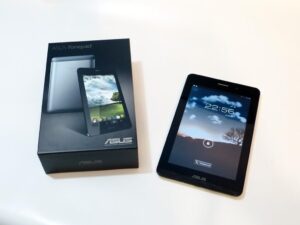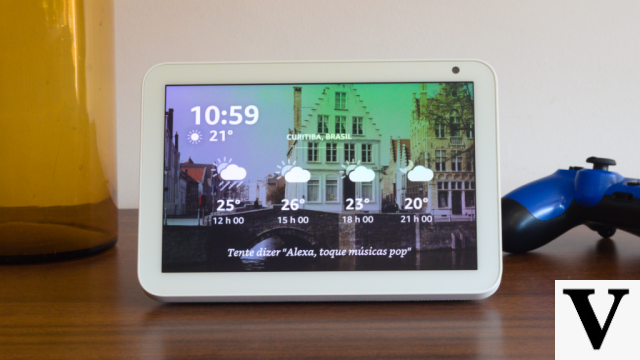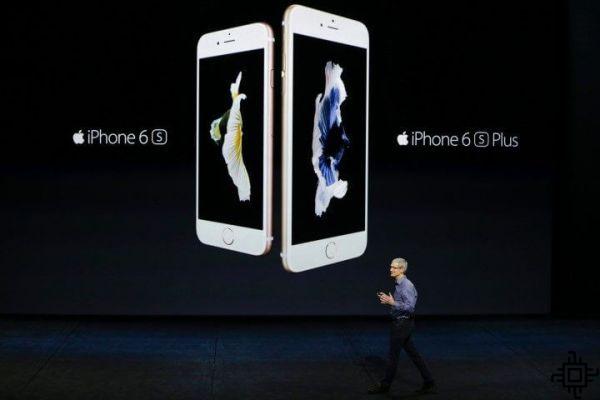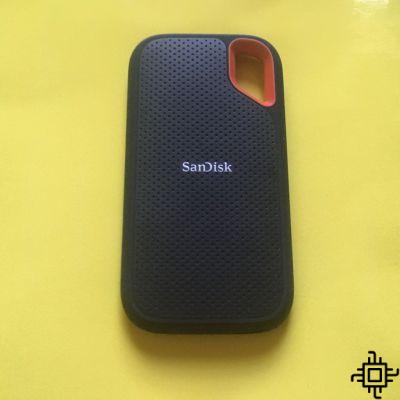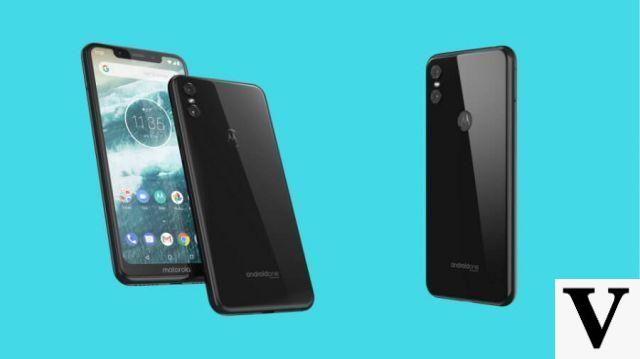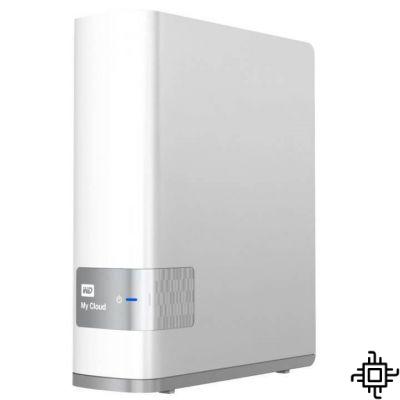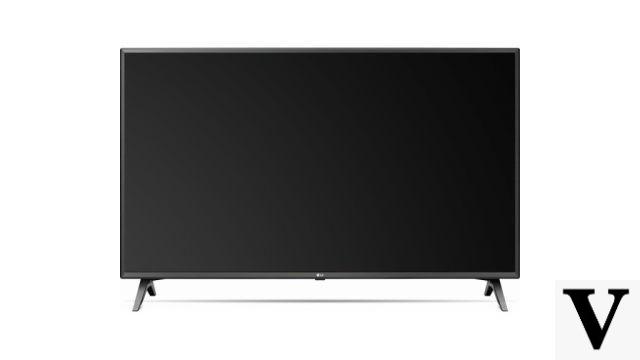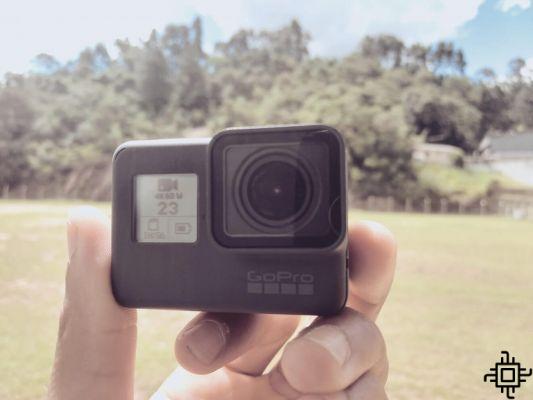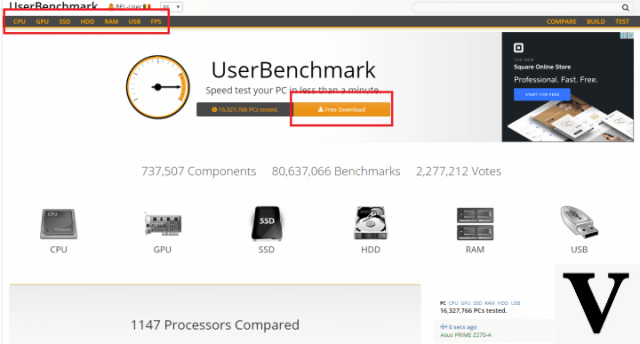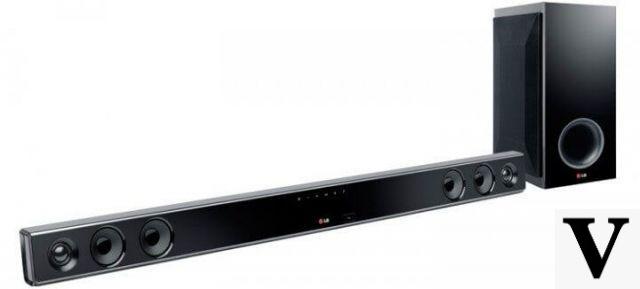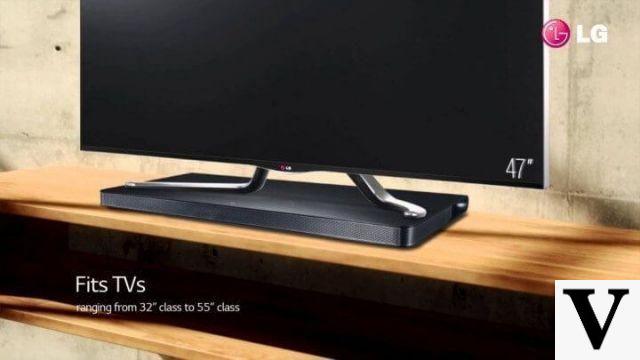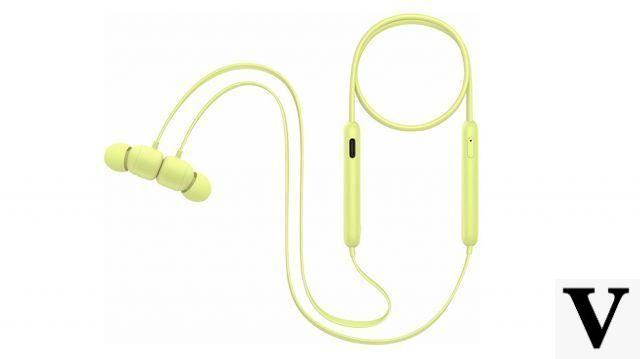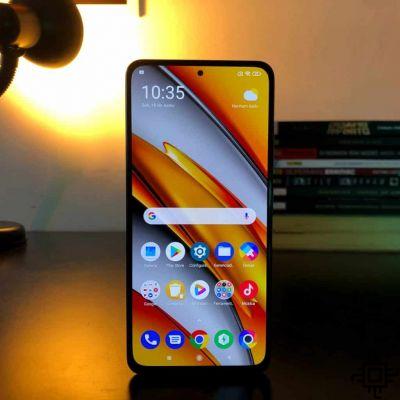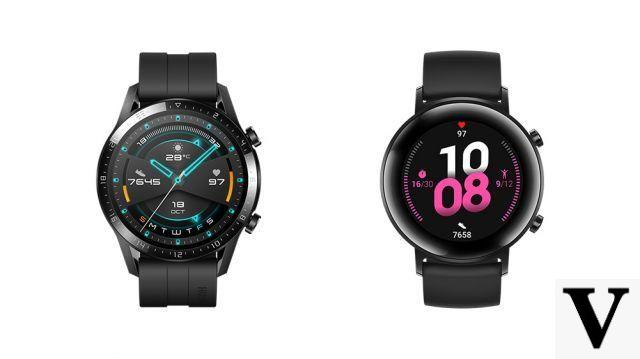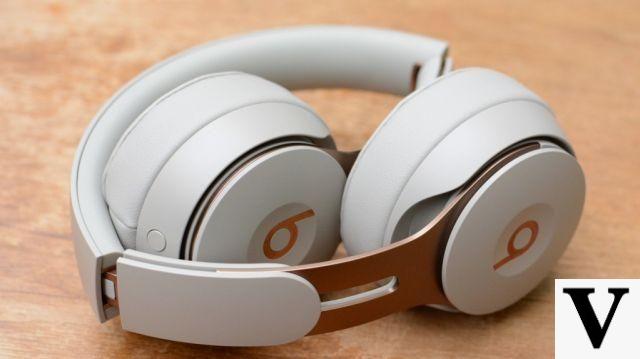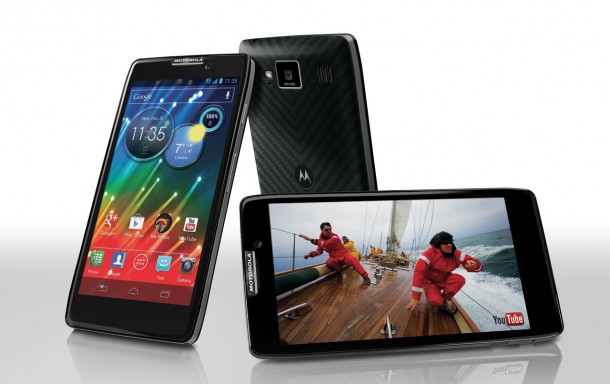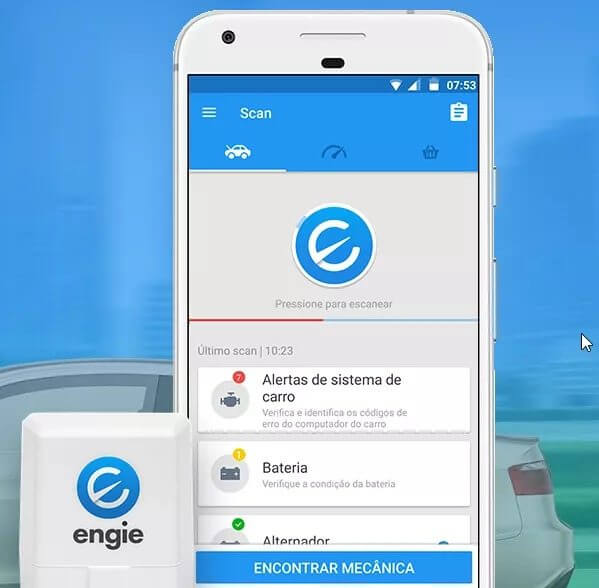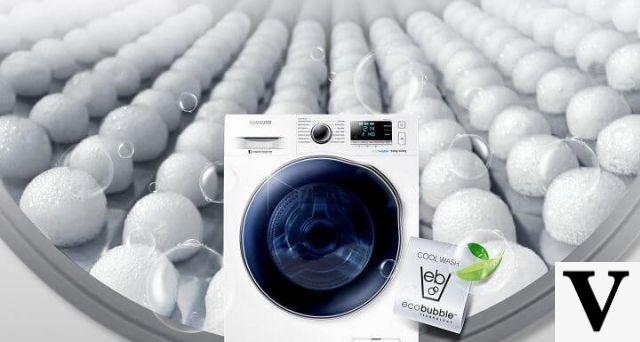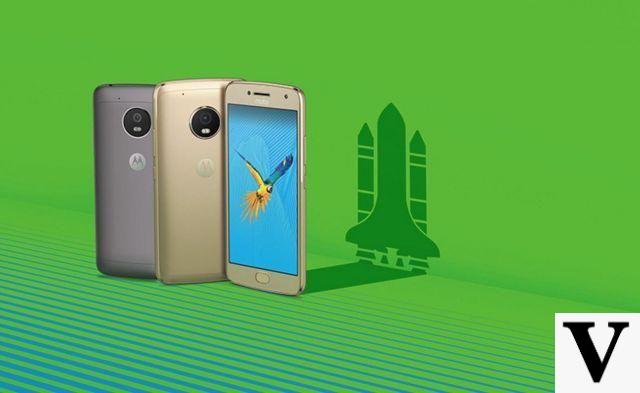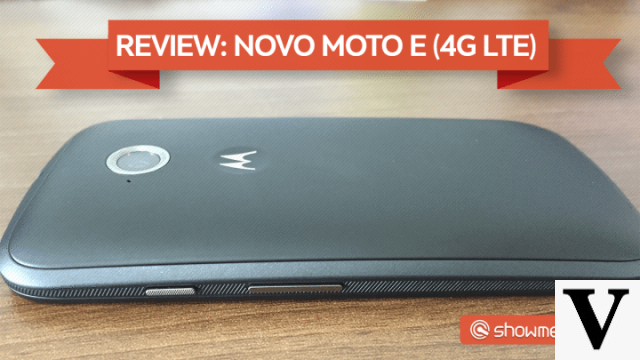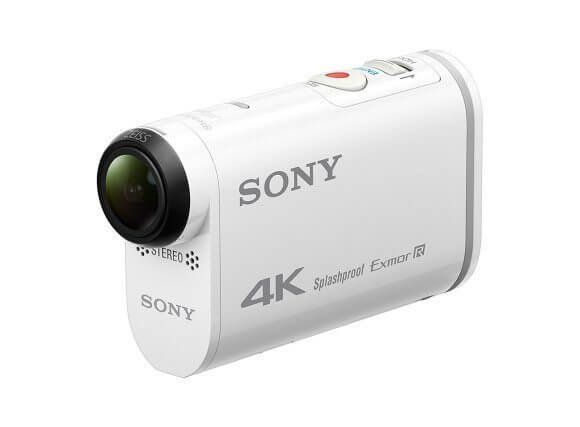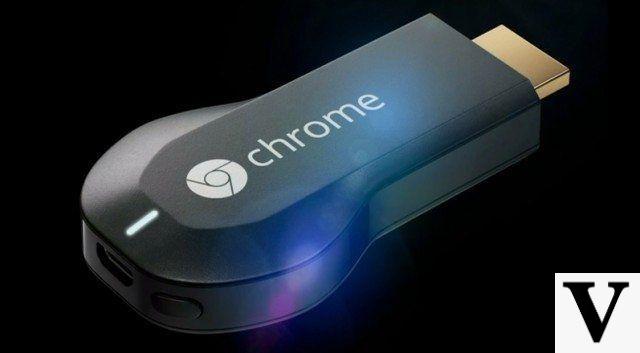The pandemic is killing more and more people in Spain and the constant search for methods to stop the infection and spread of the virus are the main goals of many people. Thinking of a more technological solution, the Signify brings the table lamp to the market Philips UV-C, a product that promises to fight the most varied viruses, including the one responsible for COVID-19. How will she fare?
Design
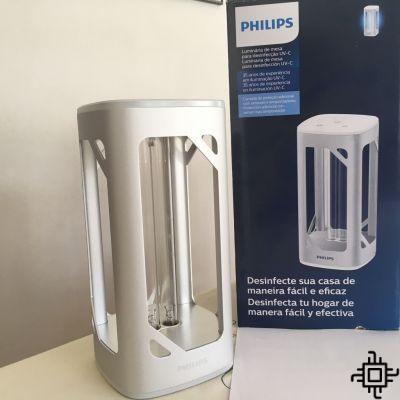
A Philips UV-C weighs 800 grams, has a height of 24 cm and is different from non- UV-C, the structure is all metal, material more resistant to UV-C rays. Therefore, it gives the impression of being a more durable product. In the center of the structure, the two lamps that act to disinfect the environment are present and are not removable, which prevents the product from becoming useless in the future, if the user ends up breaking them or their useful life ends. The fact that the luminaire is open also cooperates with this fear of breaking the product.
However, the Philips says the bulbs have 9 hours of lifespan, so at least on the lifespan part, you're most likely not going to have any problems. At the top of the lamp, the controls are located: the first button is what turns the device on and off, while the second controls the timer to know how long the gadget should remain on.
In addition, it is very simple to install, just plug it into an outlet to start using it. It is also worth noting that its cable is 2 meters long, which can help a lot in choosing the location for its installation and in the effectiveness of the disinfection radius.
Philips UV-C Operation

The first time I turned on the lamp Philips UV-C, I was greeted by a Spanish speaking voice guide who introduced me to the basic controls of the device and I also received the safety alert, which is important to emphasize here: do not stay close to the light emitted by the luminaire, or let your animals close, it can cause from burns to cancer. The luminaire is much more a product for disinfecting the environment than for serving as a lighting lamp, and, honestly, maybe a better explanation from the company would help a lot in understanding this before calling.
per the instructions of Philips, each space needs a different disinfection time. Small places, such as bathrooms at home, only need 15 minutes, and the disinfection range will be 2 meters. For places with 20m², the recommended time is 30 minutes and the range will be 2,5 meters. In larger places, such as living rooms or kitchens, the company recommends the maximum time, 45 minutes, which makes the range to be 3 meters.
Testing in my living room Philips UV-C, I set it to 45 minutes. And during that time, I just waited away from the room. I had to leave the room for 45 minutes and wait to hear the assistant's voice telling me that the routine was over so I could return to the place. Considering the technology involved in the gadget, I felt a lack of smart features, especially an integration with some mobile application. It would be much better to follow the routine, and considering the sensors, which we will talk about in the next paragraph, it would be even safer.
the lamp Phillips UV-C It has sensors to detect people, too. They act to turn off the light emission if it detects someone, to prevent the complications that UV-C light can cause in the human body. The luminaire only starts its routine when it does not detect anyone else in the environment, at least on paper. However, the sensor only detects more noticeable movements, not slight movements. In some test situations, very quickly, I turned it on and stood still without moving, and it didn't detect me, starting the routine.
On other occasions, with the routine already started, I made slight movements of picking up something within the sensor's working range or even simply sitting close by, and none of these actions were enough to interrupt the routine. Considering the eventual damages that can happen, I think that sensors that are a little more sensitive would be good for the device and the users.
As for its effectiveness, there is no way to verify how it actually works, other than having access to the various studies carried out by universities around the world with the light UV-C, who find that it can eliminate germs, bacteria and even the virus that causes COVID-19, in addition to being used in environments such as hospitals and offices.
Conclusion
A Phillips UV-C luminaire It's a curious product. Perhaps, by its name, the initial idea that many have when they meet it is a lamp or something, but it is much more a health product than an accessory for the home. It's hard to talk about its effectiveness in this test, as all it claims to inhibit is ultra-microscopic organisms. However, as stated above, with the wide range of studies on light UV-C, its usage is easy to understand.
In the end, it seems like a great product for its price of R$949 at Americanas, but the lack of smart interactions and slightly more efficient sensors bothered me. Who knows, in an upcoming model, when the pandemic is over, these issues are not addressed. However, for now, it already serves its main purpose: to help with disinfection.



